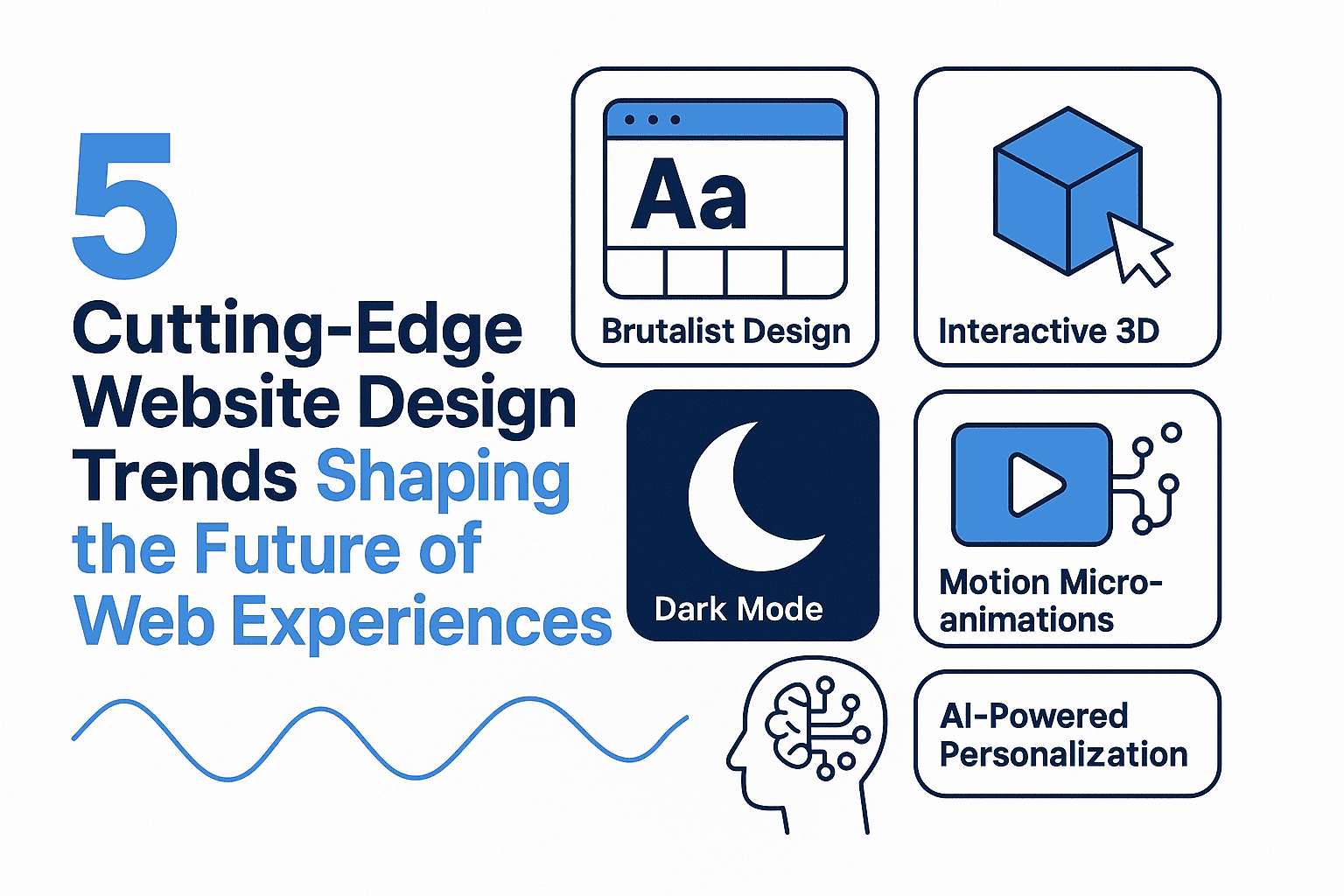They're the backbone of the internet, connecting us to information, products, and experiences. But did you know there's more than one kind of link? Understanding the different types of links isn’t just for web developers; it's valuable for anyone involved in online marketing, content creation, or even just navigating the web effectively. Let's break down some of the most common types you’ll encounter.
1. HTTP vs. HTTPS: The Security Factor
Let's start with the basics. You’ve probably seen both http:// and https:// at the beginning of web addresses. What's the difference?
- HTTP (Hypertext Transfer Protocol): This is the original protocol for transferring data over the web. It's essentially how your browser and a website exchange information. However, HTTP transmits data in plain text, making it vulnerable to eavesdropping and potential security breaches.
- HTTPS (Hypertext Transfer Protocol Secure): This is the secure version of HTTP. It uses encryption (typically SSL/TLS) to protect the data being transmitted between your browser and the website. HTTPS is crucial for websites that handle sensitive information like passwords, credit card details, or personal data. Google prioritizes HTTPS websites in search results, so it's a significant factor for SEO as well. You should always look for the padlock icon in your browser's address bar – that indicates a secure HTTPS connection
2. Relative vs. Absolute Links: Location, Location, Location!
These relate to how links are defined within a website.
- Absolute Links: These specify the complete URL, including the protocol (http/https), domain name, and path. For example:
https://www.example.com/products/widget-x. Absolute links are useful when linking to external websites or when you need to be absolutely certain where a link will take the user. - Relative Links: These define the location of a resource relative to the current page. For example, if you're on
https://www.example.com/products/and want to link to a subpage calledwidget-x, you could use a relative link like/products/widget-x. Relative links are great for internal linking within your own website, as they're more flexible if you ever move your site.
3. Deep Links: Going Straight to the Good Stuff
Deep links are a bit more specialized, but increasingly important for mobile apps and targeted web experiences.
- What are they? Instead of just opening an app or website's homepage, a deep link takes the user directly to a specific page within that app or website. Think of it like this: instead of opening the Amazon app and then searching for a product, a deep link could take you directly to that product's page.
- Why are they useful? Deep links improve user experience, especially in mobile apps. They're also essential for referral marketing and affiliate programs, allowing you to track where users are coming from.
- How do they work? Deep links typically use a special URL scheme that the app or website recognizes.
4. Anchor Links (or Jump Links): Navigating Within a Page
These are links that take you to a specific section within the same page. They're super helpful for long articles or web pages with lots of content.
- How they work: You create an "anchor" (a named destination) within the page using HTML. Then, you create a link that points to that anchor.
- Example: Imagine an article about "The Best Coffee Makers." You could have anchor links like "#best-for-budget," "#best-for-espresso," and "#best-for-cold-brew" to quickly jump to those sections.
5. Email Links (mailto:)
These links open the user's default email client and pre-populate an email with a specific address and subject line.
- Example:
<a href="mailto:support@example.com?subject=Website Question">Contact Support</a>
6. Telephone Links (tel:)
These links, when clicked on a mobile device, initiate a phone call to the specified number.
- Example:
<a href="tel:+15551234567">Call Us</a>
Why Does Understanding Link Types Matter?*
- Improved User Experience: Using the right type of link can make your website easier to navigate and more enjoyable for users.
- Better SEO: Properly implemented links, especially HTTPS and internal linking with relative paths, can boost your website's search engine ranking.
- Effective Marketing: Deep links and email/telephone links are powerful tools for driving conversions and engagement.
- Website Maintenance: Knowing the difference between relative and absolute links can save you headaches when making changes to your website.
Ready to level up your link game?
Start by reviewing your own site or app. Are you using the right types of links in the right places? A few smart changes can boost your SEO, improve user experience, and make your content actually clickable. Need help making it all work? Contact me via email, LinkedIn, or at DSRPT and let’s fix your links.
Resources for Further Learning:



